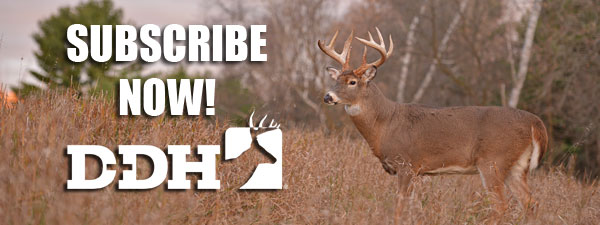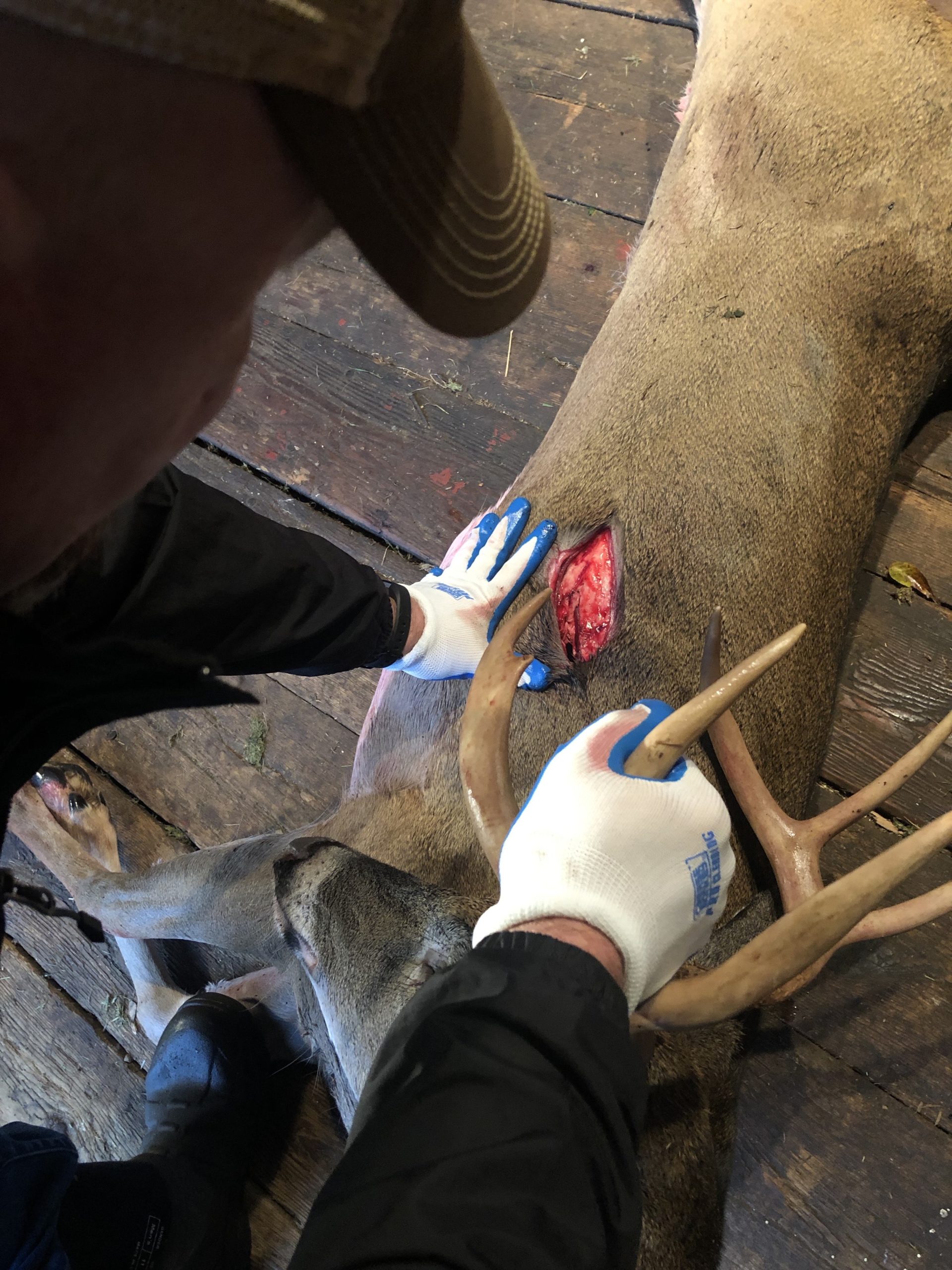Hooray for bowhunting season! As we head out to our early season hunts, I’m daydreaming of some slap-happy moments in the blinds and tree stands. Yes, that will involve some wide smiles; hopefully from short bloodtrails.
When it comes to both vertical bow and crossbow hunting, those short bloodtrails can be achieved by using one of the modern broadheads that’s available on today’s market. Before I go any farther, yes, I fully realize that broadhead choice is extremely personal among bowhunters. It’s about on par with the make/model vehicle you drive, the beer you drink, and/or the bullets you use in your deer rifle.
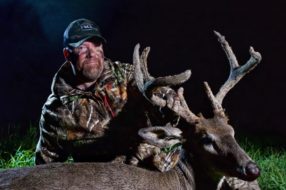
What Broadhead Does Dan Schmidt Use?
I’m not here to sell you anything. I’m simply answering a question I’ve received a lot via the D&DH fans on Facebook, Instagram, Twitter and Pinterest: What style of broadhead do you shoot, and why?
It’s well documented on this website and others that I’ve kind of been a broadhead geek over the past 25 years. In fact, I was one of the first writers in America to do a full expose on mechanicals. You might also recall that back then (mid 1990s), I swore off mechanicals “forever” because of a few not-so-great experiences. It took several years, but I came around when manufacturers stopped cranking out junk and started focusing on true innovations to
OK, back to the original question: Which one do I currently shoot? I have been using SEVR broadheads for several years now. I like them because of three things:
- They are built well. Titanium pretty much says it all.
- They are really sharp, and the blades aren’t exposed in flight.
- They slice wickedly big holes. Notice how I say “slice,” not “punch.” Big difference.
Which Style Should I Shoot?
Another common question that I’ve received is, “Which one should I use?” This is a common question for any type of broadhead that’s out there, because the cutting diameters vary. These come in three sizes (1.5, 1.7 and 2.0), and to be quite honest, it really doesn’t matter which one you shoot IF you are very disciplined on when you release the arrow.
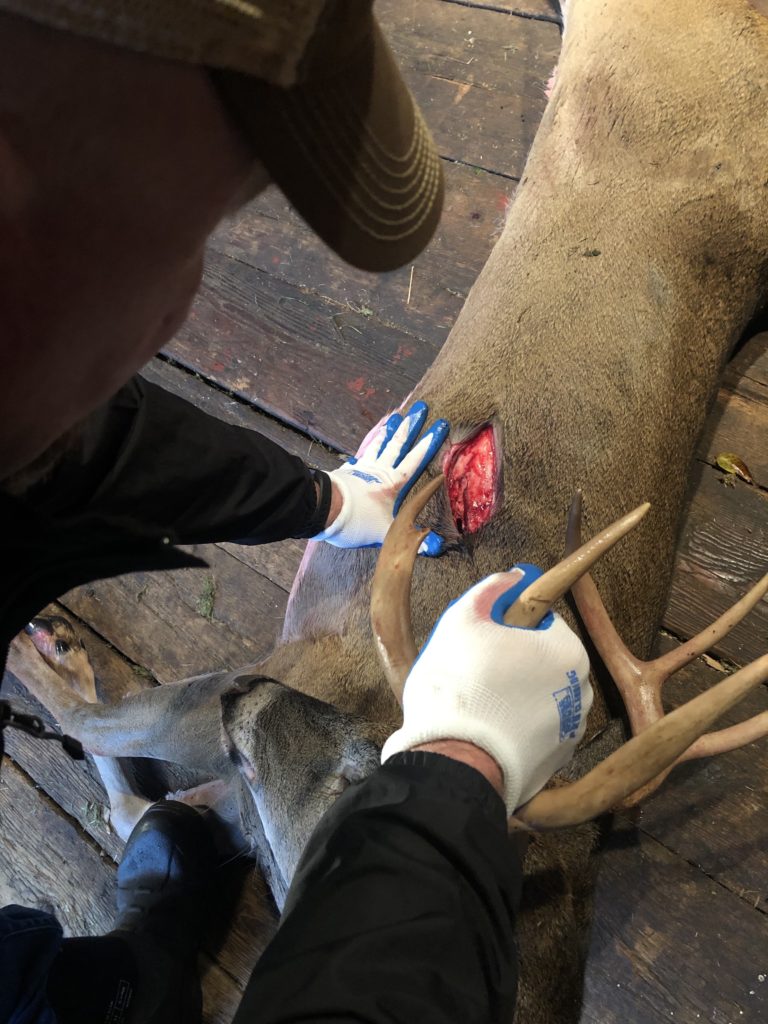
I only shoot 54 pounds of draw weight, and I’ve shot deer with the largest cutting diameter heads without fail. The big difference there, however, is I personally don’t take shots beyond 30 yards, and I insist on optimum shot angles at calm deer. If you are shooting lower poundages, you don’t want to use a large cutting diameter broadhead and take shots at longer distances and angled placements. That’s because the reduced speed will prevent complete pass-throughs on deer, making bloodtrails not optimal. If you insist on pass-throughs, I would recommend going with a cutting diameter in the 1.5 range or less.
Performance Review of SEVR Broadheads
One thing to be aware of with these broadheads even though it says 1.5, 1.7 or 2.0 these broadheads kind of hyperextend upon impact. SEVR calls it a Stretch Cut®, and what that means is when the broadhead hits its target, the blades slide back and are exposed to do their damage. They don’t spring back like the older style mechanicals. What this means is less impact trauma and more precision cutting. That’s the key to bowhunting — cutting. Slicing hide, arteries, blood vessels and organs is what kills a deer quickly. Older style mechanicals got the job done, but they were highly inefficient because if you looked at the entrance wounds, although large, there was inevitably a lot of bloodshot trauma around the wound. That bloodshot appearance is created by the energy (force) that was expanded getting the broadhead to open up.
In the case of a SEVR broadhead, it happens in an instant, but the cutting action is such that the blades start slicing on impact, which is further increased by the engineered design of the broadhead. With the tip of the ferrule in the animal, the blades catch the hide and slice it open as the blades are sliding backward. This creates much larger entrance wounds than the advertised 1.5, 1.7 and 2.0 (formerly 2.1) models of SEVR broadheads.
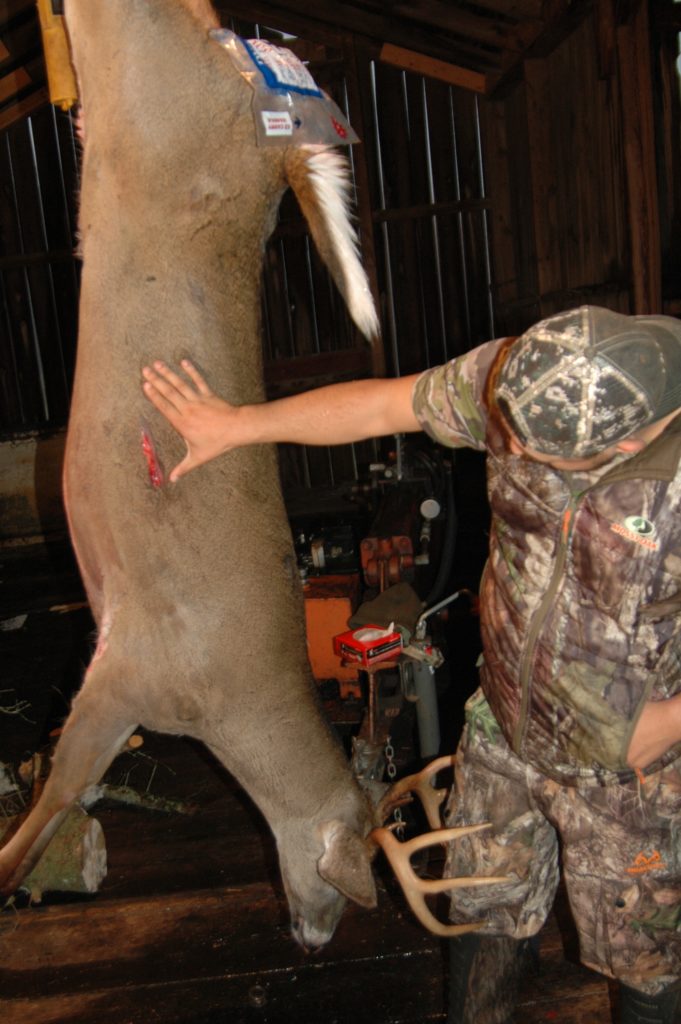
I’ve shot quite a few deer (and turkeys and hogs) with SEVR broadheads since they came on the scene in 2008, and I’ve witnessed some entry wounds that are nearly 5 inches across. Those dramatic cases are from deer that were shot when either quartering or slightly quartering away. On straight-up broadside shots, the entrance wounds have almost always been 3-plus inches.
Conclusion
There is a slight learning curve to find out which broadhead is right for you. I guess that’s a “con,” but at the same time you’re not pigeon-holed into just one model. SEVR essentially make three different broadheads that start at 1.5-inch cut and increase up to the max of 2.0-inch cut. Which one is right for you? Really depends on how you hunt. If you shoot a lower poundage compound, I would recommend the 1.5 or 1.7. If you shoot a super-fast compound or crossbow, I’d recommend starting with those same two. Anything else, I’d definitely start with the 2.0 just because of the increased cutting diameter. Remember, bowhunting is about causing massive blood loss … quickly.
